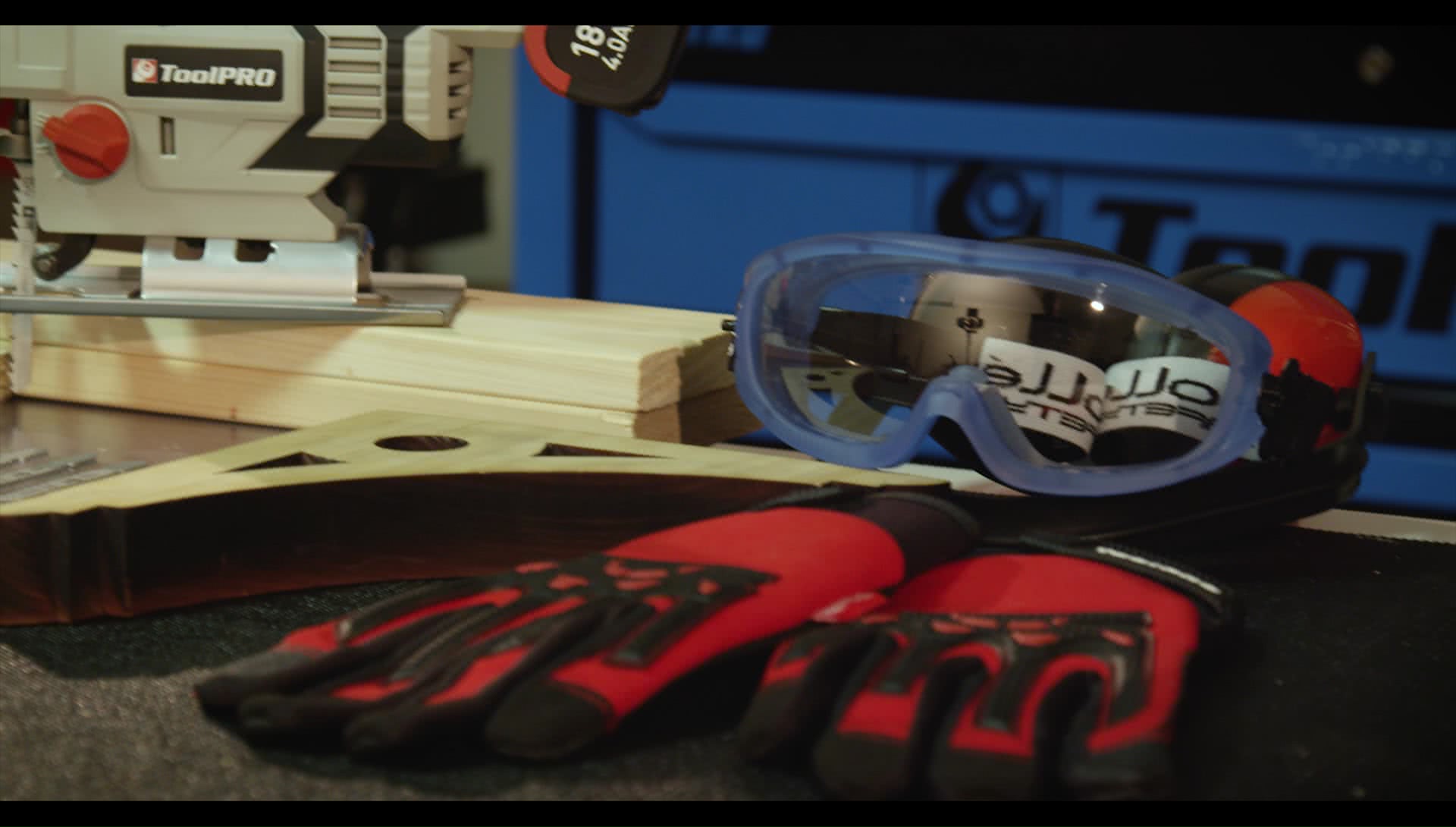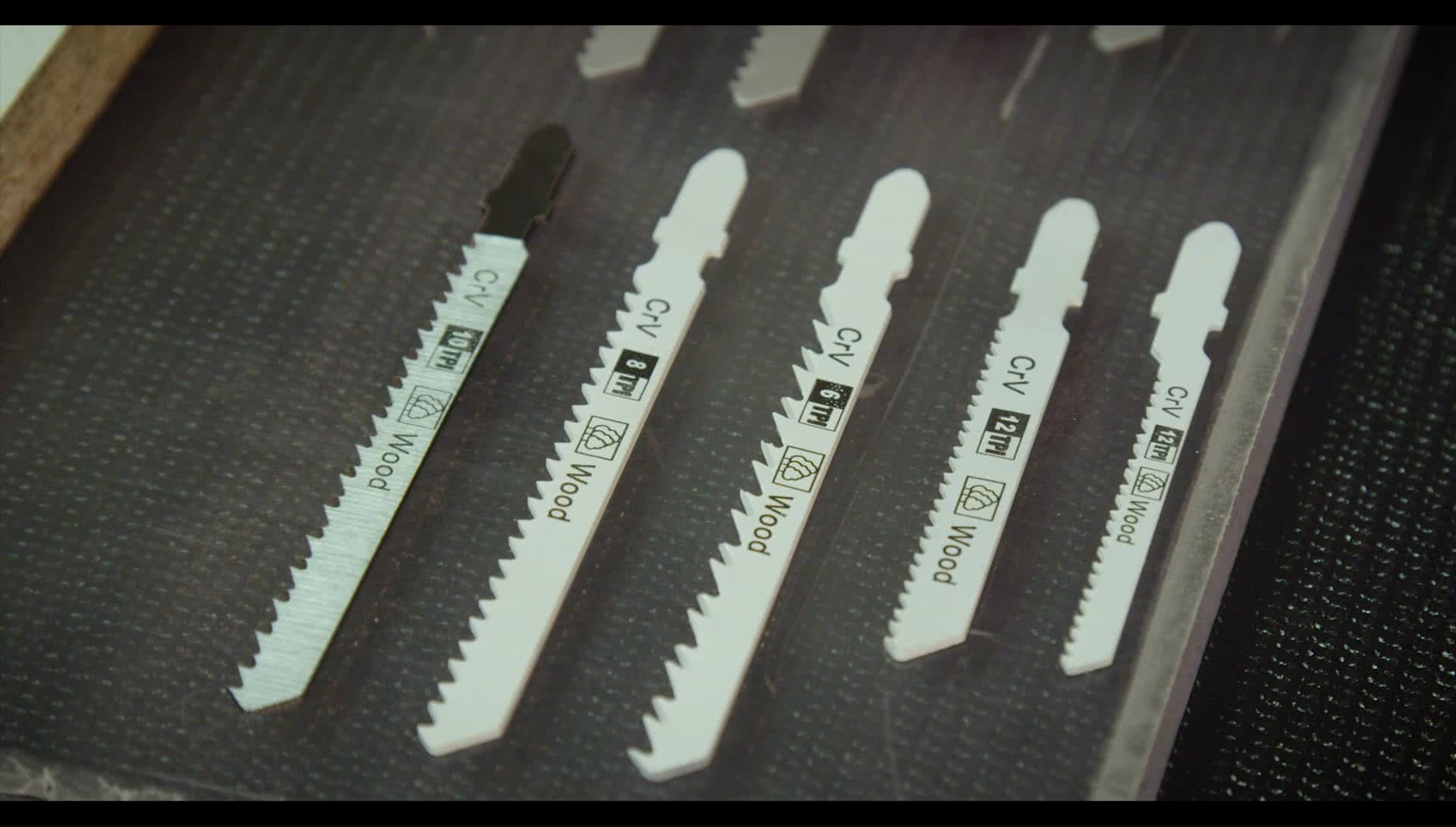A jigsaw is one of the most versatile saws in your tool collection, capable of long straight cuts down to the tightest curves. Following this guide will help you get the most out of your jigsaw.
Here's how it's done.
Tip 1: Safety

Before you start, you'll need safety equipment:
- A decent pair of gloves
- Clear eye protection
- Ear protection
NOTE: Secure your work tightly as the jigsaw might send it flying.
Tip 2: Blade

A jigsaw uses a small reciprocating blade to plunge its way through many types of wood, metal and plastic. How effectively it does this comes down to your choice of blade, with a different blade available for each material and a choice of tooth counts.
Choosing the correct number of teeth is decided by the thickness of the material. At least 3 of the teeth on your blade should come in contact with the surface to be cut; choosing a blade with more teeth will result in a smoother, but slower process.
Tip 3: Angle

With a blade installed it’s time to set up for the cut. The base plate of a jigsaw can be adjusted to cut a straight ninety degree line all the way through to a 45 degree angle.
The base plate is often secured using hex head bolts or screws. Loosen these, tilt the base plate so that the markings line up with your desired angle – and tighten the screws to lock it in place.
Tip 4: Setup

If you are cutting a long straight line, a better result can be obtained with the use of a straight edge; either a purpose made straight edge or a scrap piece of wood or metal to run the jigsaw along.
You can even create a jig to cut a perfect circle; a strip of ply with a single screw at one end in the centre of your circle, and your jigsaw attached to the other end - will create the perfect circle every time.
Tip 5: Drill Then Cut

If your part to be cut does not fall on an edge, your jigsaw can be used for a plunge cut, or simply drill a hole on the edge of your cut line large enough to insert the blade and get you started.
Tip 6: Speed and Pendulum


All jigsaws are equipped with either a speed dial or variable speed trigger. Higher speed can be used with most wood and plasterboard, while lower speeds are to be used when dealing with tiles, ceramics, plastic and metal.
Some jigsaws like this cordless model from ToolPRO will have an orbital or pendulum feature which varies the cutting angle of the blade - to perform a faster cut.
For delicate projects this should be left turned off, the lower setting can be used for hard materials like steel and chipboard, the medium setting is great for thick materials, and the highest setting is ideal for fast cuts through softwood.
As you can see, with a little creativity there’s very little you can’t accomplish with a jigsaw - it’s the first power saw any home handy man should have.
*Important information* - Click here to read more about our How-To terms and conditions.